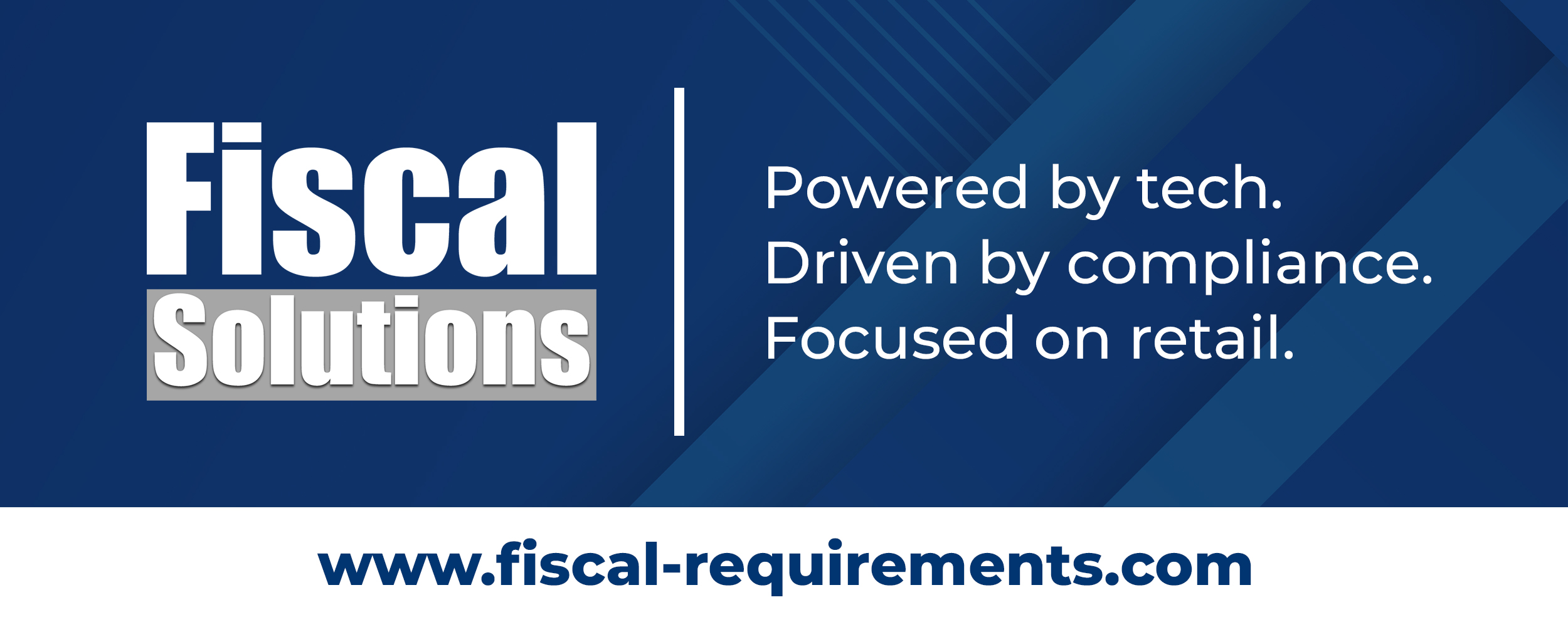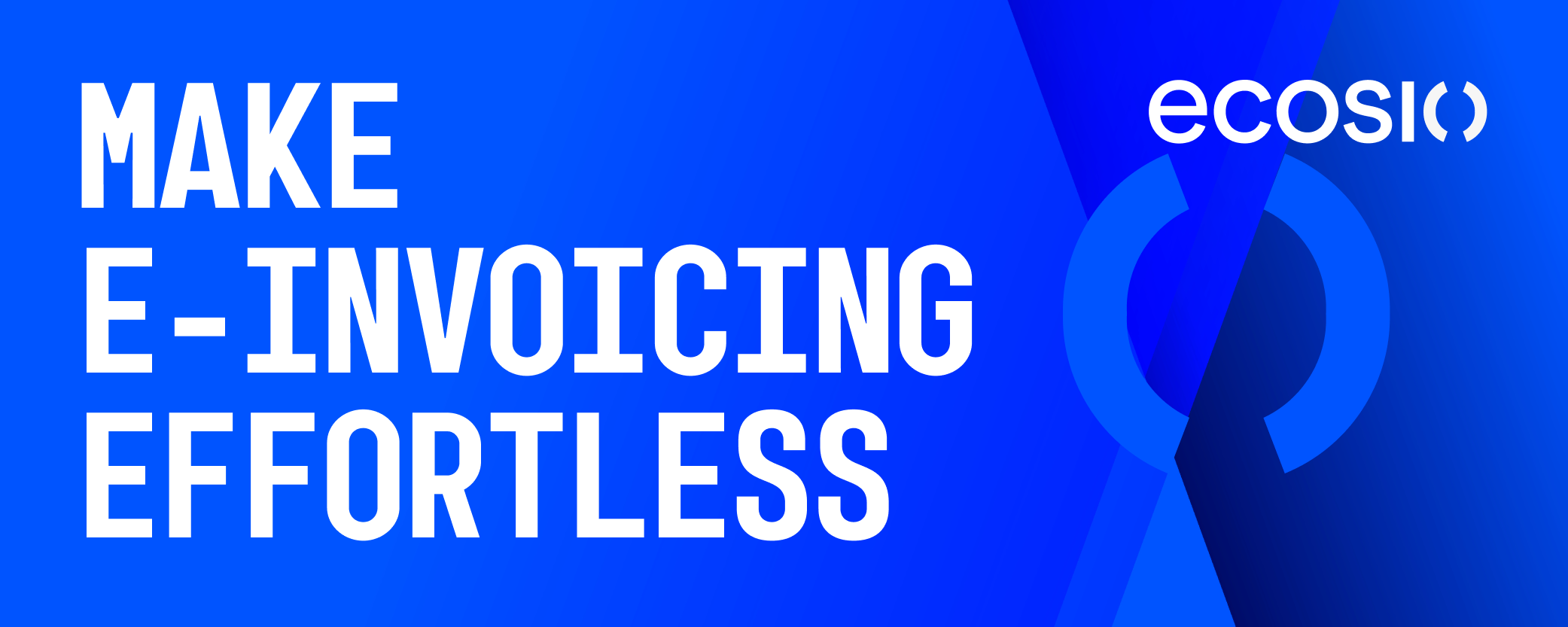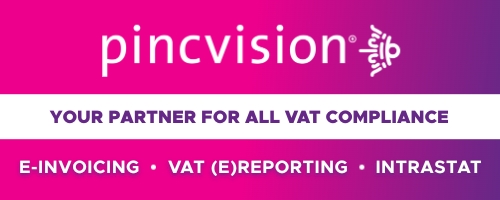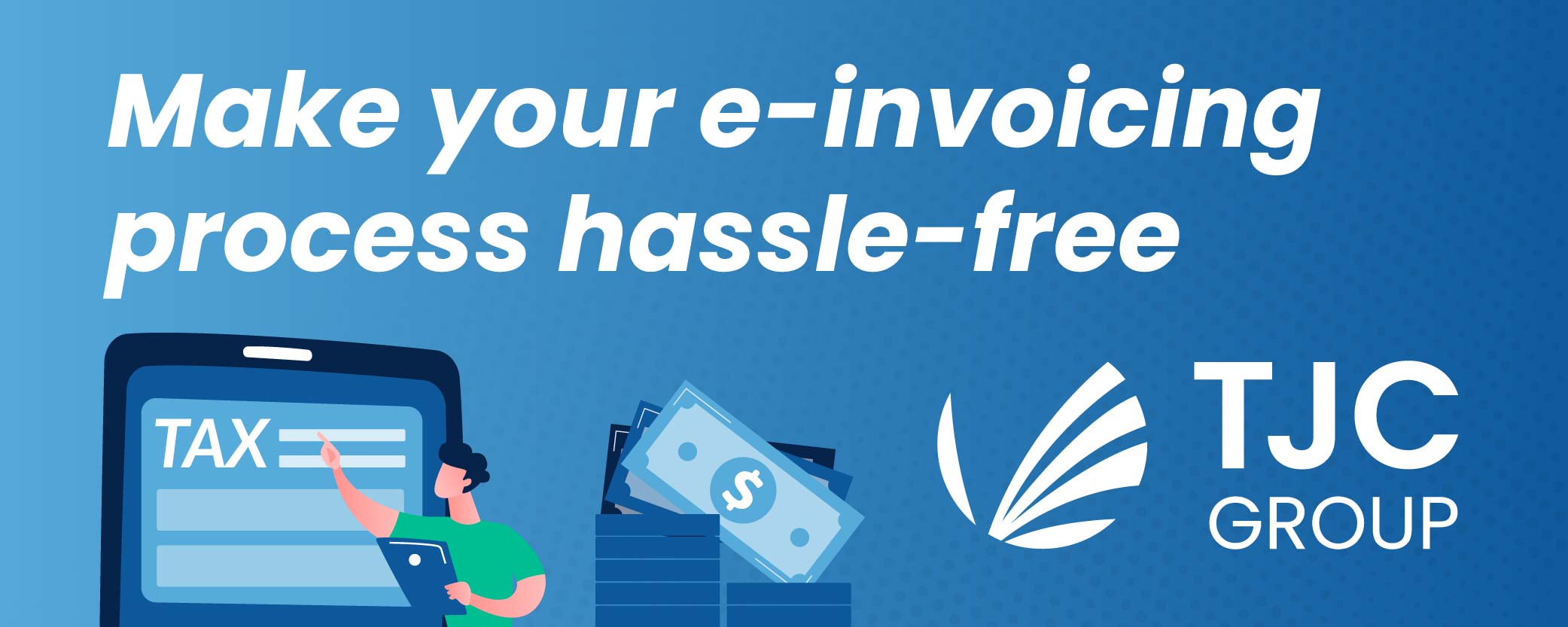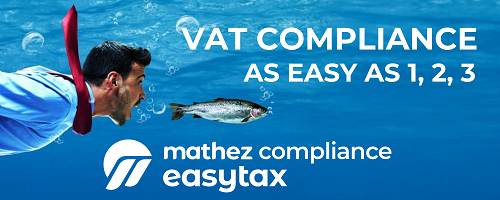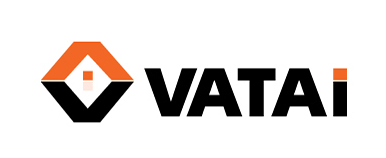- E-invoicing is becoming mandatory in many countries for B2B transactions.
- SAP systems are not inherently equipped for e-invoicing compliance.
- Users must navigate XML formats, legal validations, and government portals.
- E-invoicing involves generating and transmitting electronic invoices from SAP.
- Different countries have specific e-invoicing requirements and formats.
- SAP lacks ready-to-use XML formats and built-in government integrations.
- Users often seek internal developments, external consultants, or third-party platforms.
- A complete e-invoicing setup requires understanding legal and technical requirements.
- Key considerations include mandatory formats, transmission channels, and validation processes.
Source: melasoft.com
Note that this post was (partially) written with the help of AI. It is always useful to review the original source material, and where needed to obtain (local) advice from a specialist.
Latest Posts in "World"
- “How do I know if my Peppol e-invoice has arrived?” – A practical guide for entrepreneurs
- E-invoicing: putting taxation back at the heart of the system
- The Case for Adopting or Modernizing VAT Amid Economic Transformation
- VAT Report Guide: Understanding the Nine-Box Financial Document for Business Compliance
- What is a Standard Audit File for Tax (SAF-T)? A Global Compliance Overview



